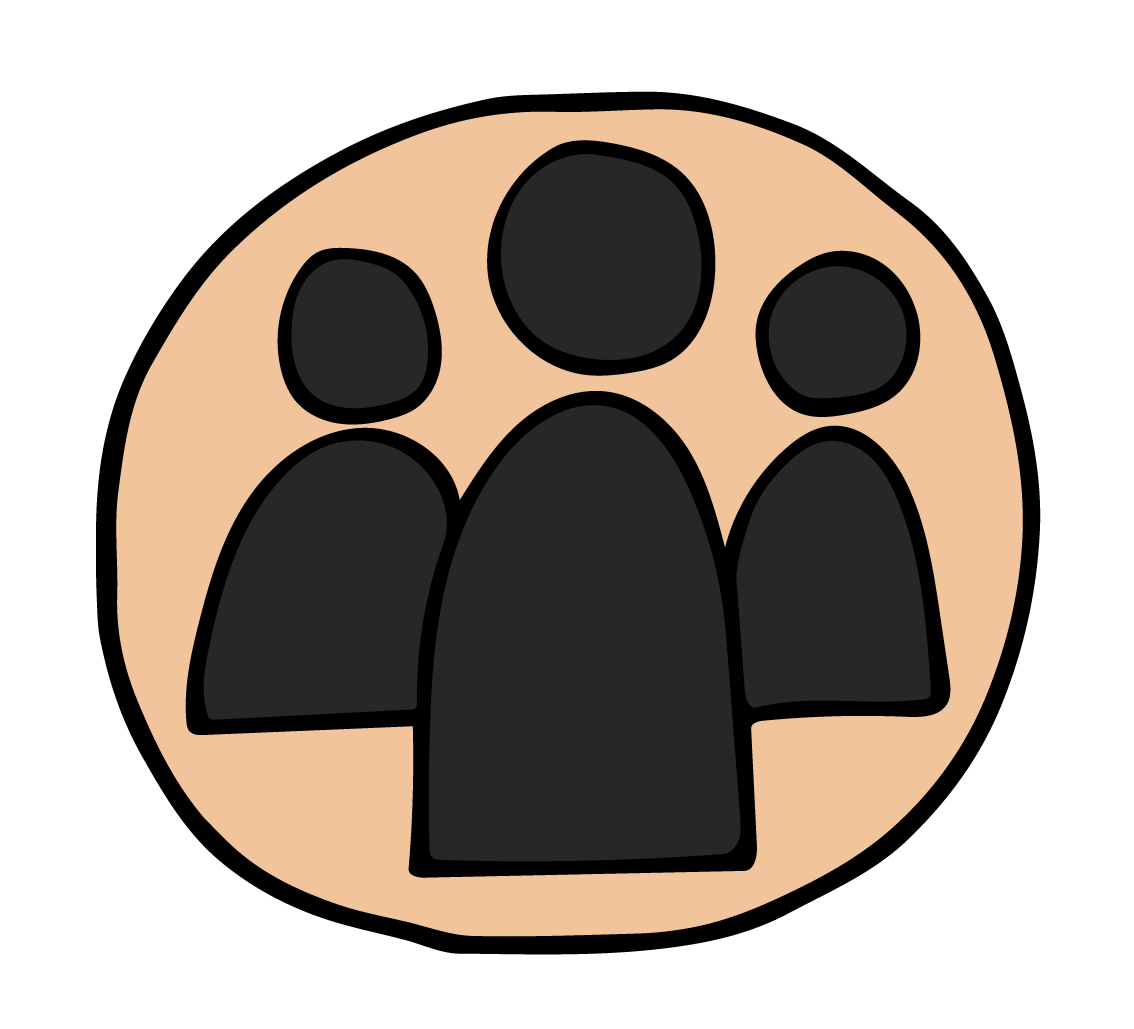
Summary
ARR Director Ken Snipes thanks Austin's sanitation workers for keeping our city safe and clean and asks the public to help ensure their safety.

About The Author
Ken Snipes in the Director of Austin Resource Recovery, the city department responsible for residential curbside collection of trash, recycling, composting and yard trimmings.
Written by Ken Snipes, Director of Austin Resource Recovery
Over the past few weeks, we have seen strong interest regarding what we are doing to protect our waste collection workers. I’d like to highlight the importance of these critical workers and the vital role that they play to protect the health and safety of our community. I’d also like to underscore actions that both organizations and the public should consider in protecting our frontline workers.
The front lines
Doctors, nurses, emergency medical service providers, first responders. These occupations are easily recognizable as “front line” service providers and deservedly so. They work tirelessly to test and treat those affected by COVID-19; coming in contact with the virus we still have much about which to learn. That said, seldom do we think about other occupations that are also out there on the front lines, like sanitation workers. Waste collection is critical to protect our people and communities. These workers are typically not who first come to mind when we think about the front lines, but I think they should be. Not ahead of any of the other frontline service providers, but right alongside them.
The 1918 Flu and waste collection
One of the great pandemics in our history was the 1918 flu. Worldwide, roughly 50 million people died from the disease, with about 675,000 deaths in the United States. The disease was so devastating that the life expectancy in the United States was lowered from 51 years in 1917 to 39 years in 1918. No one was spared!
In many cities, waste collection workers were hit especially hard. As the disease spread through and thinned their ranks, garbage piled up. In San Francisco, the issue was so significant; the city had no choice but to cover piles of garbage with dirt. In other cities along the east coast, trash piled up in the streets as high as two to three feet. As we fast forward to 2020 and the COVID-19 outbreak, the question before us now is, what have we learned from the 1918 outbreak and others that we can use to protect our waste collection workers?
Protecting our waste collection workers
Protections should begin with providing as much social distance as possible. An essential component of social distancing is to stay at home, but for our sanitation workers, that is not an option.
Organizations should explore opportunities to reduce the number of funnel points collection workers encounter daily.
Considerations should include reducing the number of indoor meetings, engagements in tight quarters, and restricting daily access to and reliance on locker rooms. Industry leaders should also consider reducing three-person work crews to two-person teams, where feasible and safe to do so. Use of Personal Protective Equipment (PPE), including single-use and puncture-proof gloves, eye protection and, when available, masks should be strictly enforced. All vehicles, equipment and frequent touchpoints should be sanitized frequently.
Finally, there are steps the public can take to help protect waste collection workers too. They should be asked to bag and securely tie all trash, as collection workers should avoid coming into contact with loose trash. Additionally, the public can wipe down their cart handles when they set them out for collections.
Let’s all do our part to protect these unsung frontline workers so that they and their families remain safe and healthy.

